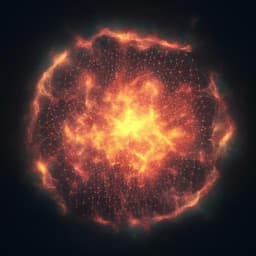
Physics
Microwave signal processing using an analog quantum reservoir computer
A. Senanian, S. Prabhu, et al.
Dive into groundbreaking research by Alen Senanian and colleagues as they explore a quantum superconducting circuit's potential in microwave signal classification tasks. This innovative approach processes analog signals directly, paving the way for ultra-low-power quantum sensing.
Playback language: English
Related Publications
Explore these studies to deepen your understanding of the subject.







